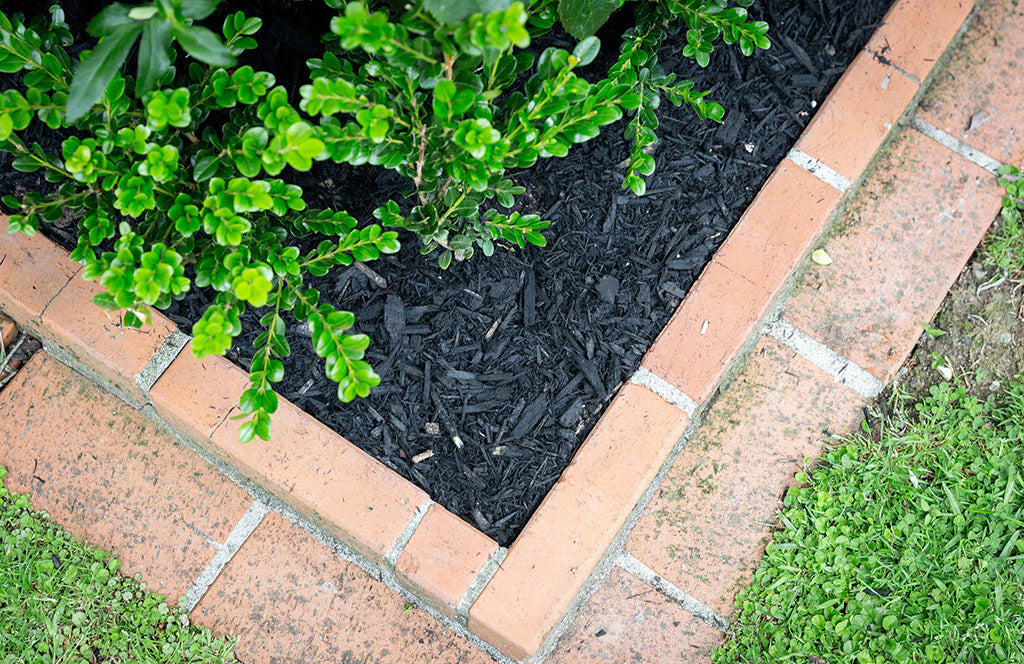February in Auckland and Hamilton is the peak of summer, offering both opportunities and challenges for gardeners and landscapers. Thus far in 2025 the heat and wind make it crucial to maintain consistent watering and mulching, while the longer days are perfect for nurturing plants and preparing for autumn crops.
We’ve got the complete range to support your garden projects this summer, including mulch, wooden sleepers, topsoil, compost, and garden mix.
Whether you're cultivating vegetables, refreshing flower beds, or planning a creative landscaping project, these tips will help your garden thrive this February.
Key Garden & Landscaping Products for February
Mulch | Compost | GAP 20 | Weedmat | Decorative Pebbles | Timber Sleepers | Paving & Retaining | Cement | Builders Mix | Concrete | Garden Mix | Bark | Aquaticus Organic Garden Booster | Firewood
February in the Fruit & Vegetable Garden
- Organic Pest Deterrents: Use organic sprays to control green looper caterpillars, whitefly, and aphids. Always follow the withholding period and wash vegetables thoroughly if using garlic-based sprays.

- Planting Lettuces: Plant in areas with only half a day of sunlight to prevent leaves from wilting. Cos, salad mixes and buttercrunch are all varieties that grow well at this time of year.

- Watering: February is typically the hottest month. Water early in the morning or evening to maximise absorption and reduce evaporation.
- Fruit Thinning: Thin out pip fruit clusters on apple and pear trees to ensure larger fruit develops.
- Autumn Vegetables: Later this month, directly sow beetroot, carrots, and parsnip. Start trays of broccoli, cabbage, bok choy, and cauliflower for planting out in cooler weather.
- Composting: Turn the compost heap regularly and keep it moist for effective decomposition.

- Blueberries, Raspberries, and Strawberries: Protect ripening berries with bird netting.
- Basil: A heat-loving herb, it is not too late to plant out now, plus there are several culinary varieties available such as Thai, purple-leaf and lemon basil
- Harvesting is for now, Nothing annoys like the zucchini becoming a marrow overnight, the lettuce going to seed or the birds pecking the strawberries. Get to know the neighbors by sharing the excess!
- Picking pears. Check the ripening month for your pear variety – some can start this month. Remember to ‘age’ the pears in cool spot like the laundry or garage, they ripen over a couple of weeks.

- Daily Watering: Essential to maintain productivity. Save and use grey water such as buckets from the shower for potted edibles.
-
Mulching: Apply thick mulch around fruit trees to retain moisture and nourish developing fruit like feijoas, passionfruit, and tamarillos.
February in the Ornamental Garden
- Mulch is your best investment: 2025 began with heat and wind and even in February, layering mulch around the garden (especially after rainfall) will help stressed plants make it through the season.

- Shade Areas: Under trees or covered areas create relaxed zones with small maples, hydrangeas, ligularias, plants like canna lilies and other shade-tolerant flowers such as impatiens and alstroemerias.
- Rust Control: Orange pustules on the backs of leaves tend to appear in hot weather with stressed plants. Spray roses and ornamentals monthly to prevent rust. Remove infected foliage and dispose of it in the rubbish bin, not compost or greenwaste bins.
- Deadheading: Refresh plants with spent flowers by trimming and applying liquid fertiliser such as Aquaticus Organic Garden Booster, which gives the plants a ‘tonic’ at their roots.

- Perennials: With a windy summer season such as we’re experiencing, stake all tall perennials like delphiniums, heleniums and phlox, for better display.
- Spring Bulbs: ordering your bulbs now? Store daffodil and tulip bulbs in paper bags in the fridge until May to break dormancy.
- Dahlias: Keep watered, staked, and deadheaded for continuous blooms.
- Softwood Cuttings: Propagate plants like penstemons, verbena, and daisies.

- Powdery Mildew: Treat early signs on hydrangea and lilac leaves, and vegetables such as cucumbers and zucchini with a natural spray of milk, water, and baking soda.
February Lawn Care

- Watering: Water lawns regularly, if you can. It’s too hot to resow bare patches, wait until autumn to see if drought-affected lawns recover in autumn.
- Cracks in the lawn – these will close naturally when the rain returns, but wider cracks that seem hazardous can be filled with topsoil.
- Weed Control: Spend time manually removing entrenched weeds with tools like daisy grubbers.
- Kikuyu Lawns: A drought-resistant option that thrives in hot months and can be mowed frequently and at a low setting on the mower.

- Mowing: Set mower blades higher to prevent stress to grass in hot weather.
Landscaping Projects for February

- Decorative Pebbles and Stones: Use Weedmat or GAP 20 as a base and create paths or areas for seats with decorative pebbles or white chip. Ideal for tidying spaces or enhancing coastal-themed gardens.
- Garden Furniture: Construct benches or chairs using affordable sleepers for a rustic or modern look.
- Get Concreting: Whether it’s putting in fence posts, some concrete steps or creating your own oversize pavers, we have all the materials you need, including cement and builders mix, or ready-to-mix bagged concrete.

- Stack the firewood away like a Scandi. Grab some of our tinder dry firewood and build yourself an elegant woodpile to admire for the next few months!
